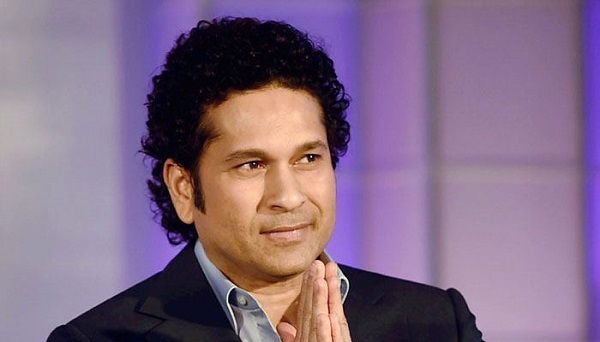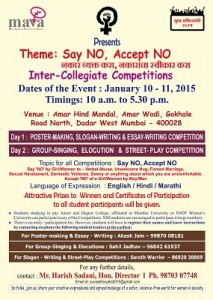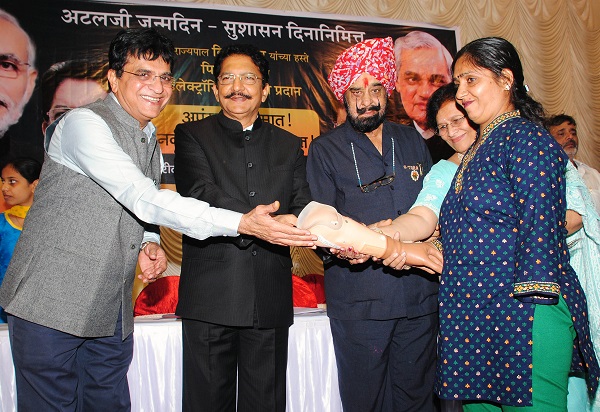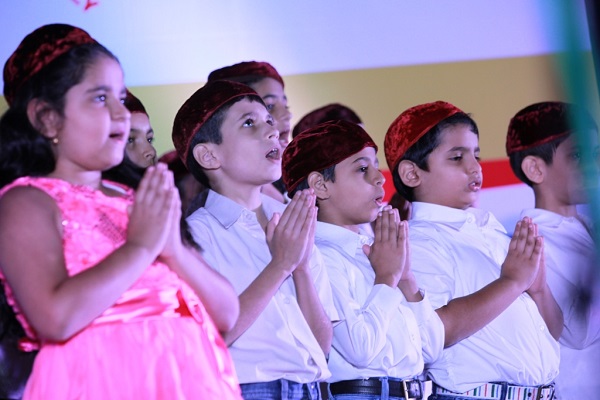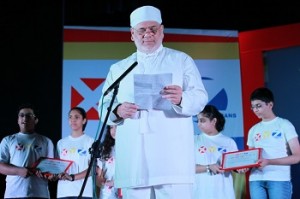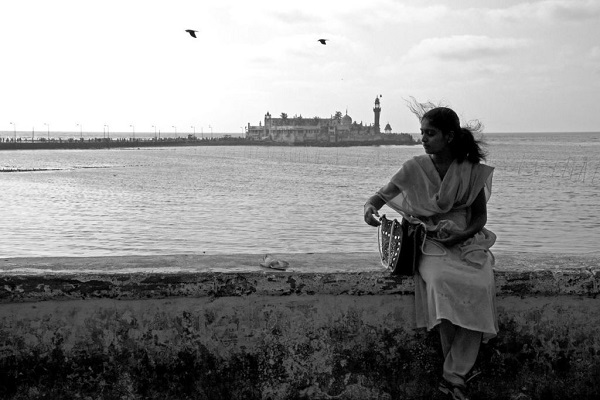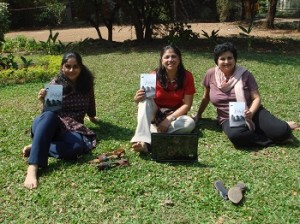Young children must be mentally prepared for receiving daily insulin shots. Ease your child into the process with easy steps.
by The Editors | editor@themetrognome.in
A parent’s – any parent’s – biggest nightmare is watching their child in pain. Parenthood is all about fortifying oneself against the sight of one’s suffering child, so that the parent may give the child the strength to get through his or her illness.
Many parents are apprehensive when their young child is detected with diabetes and with good reason – the doctor might prescribe regular insulin shots. Any child is afraid of needles, and it can be daunting to explain to your child that he or she needs to take insulin shots every day. However, if you convince yourself that this is a necessary step in your child’s road to recovery, you can persuade your child that taking injections every day is a good thing. In time, your child will fear the process less and even be prepared to take injections by himself.
Here are 5 steps to follow in preparing your child to take injections:
1. Talk to the child calmly. Explain why your child needs to take daily injections. Tell him or her, “You need to take your injections so that you can grow up healthy and strong.” Every child needs to be told the reason behind your actions – don’t tell him that injections must be taken “because you say so.” Not preparing the child for the process can make him fearful and resistant to the idea. If necessary, have the conversation with your doctor present so that all questions can be answered.
2. Don’t be squeamish. If you show a fear of needles, so will your child. Show the insulin bottle and syringe to your child, and demonstrate how you will draw up the required dose of insulin before injecting him. Explain every step of the process, right down to how you will inject the needle. Tell your child that the needle will not hurt after a while, and that he must be absolutely still while being injected. Keep your tone measured – your aim is to remove the fear associated with the process.
3. Be careful with the injection. Be extremely precise with the dosage and leave out any air bubbles in the canister. Next, dip a cotton ball in cold water, squeeze it and rub it over the injection site. Pinch the skin at the injection site using your forefinger and thumb, and plunge the needle in slowly and completely. Talk to your child soothingly while the needle is in, and now push the plunger so that all the insulin is injected. Stop pinching the skin and slowly remove the needle. Apply gentle pressure at the site for five seconds. After the first few times, your child will learn to relax during the injection.
4. Supervise your child’s dosage. Your child may be in his teens and able to take the injection without your help – still supervise the process. Make sure the dosage is precise, and that the needle is completely plunged in. If there is an insulin leak (this happens when the needle has not gone in deep enough), don’t let the child take more insulin to compensate for the loss – this might cause blood sugar levels to plunge.
5. Consult the doctor regularly for dosage. As children grow, the requirement for insulin may vary. Regular blood tests are a must, and so are doctor consultations. Be precise in following the prescribed dosage. Also try and maintain a record of blood sugar readings, changed dosages and prescribed dietary controls so that your child’s diabetes may remain under control.
(Picture courtesy www.telegraph.co.uk. Image used for representational purpose only)

